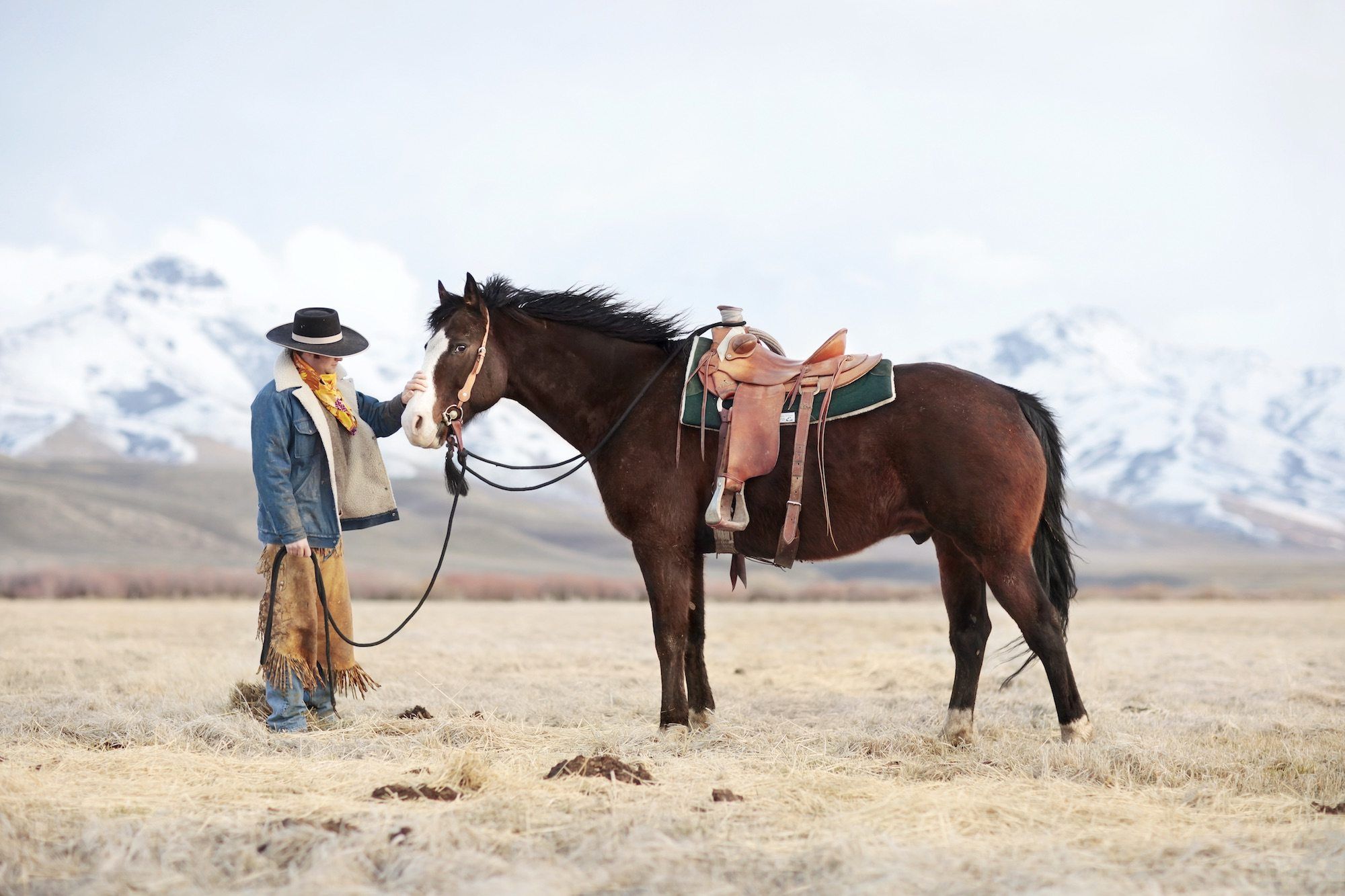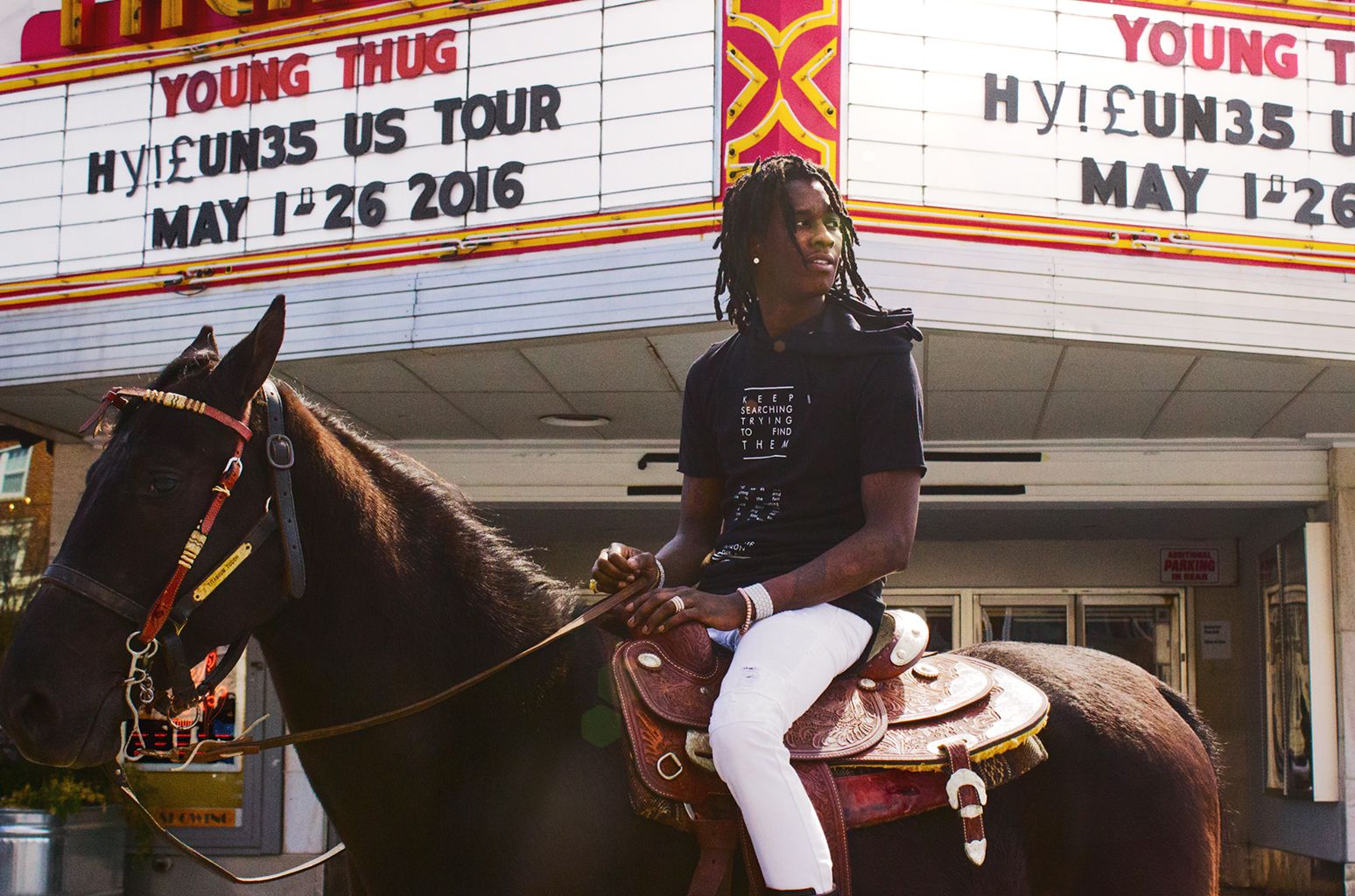True West: KAROLIINA PAATOS’s American Cowboy
|BIANCA HEUSER

The music video for Madonna’s 2001 single “Don’t Tell Me” opens on the pop star strutting down a dusty American highway. A loud truck passes, blowing the cowboy hat off her head, while the frame slowly widens to reveal her on an automated walkway in front of a projection screen. Here, director Jean-Baptiste Mondino informs the viewer that Madonna is not really taking a lone walk in the desert and her dancers are not “real” cowboys. The camp fantasy of the cowboy – one of America’s great cultural myths – is so entangled with the reality of its actual occupation that the difference is hard to spot. Even real herders captured in harsh HD, like those of Finnish photographer Karoliina Paatos, reek of Billy the Kid. In her latest publication, American Cowboy, one expects the screen to drop with the turn of every page. It is as if Paatos’s cowboys are constantly tapping on the fourth wall, leaving smudges on the glass.

America invented Hollywood, which invented celebrity, which invented reality television. Cynically romantic, these are its national tools of self-mythology, and they are especially effective abroad. The cowboy is America’s most renowned brand ambassador. A byproduct of its imperialistic “Manifest Destiny” spirit, he stands for everything that is dirty and “real,” from his fingernails to our fantasies. Paatos’s photograph of a cowboy figurine perched atop a dusty stereo captures his meta-existence, because it is as close to “the real thing” as those who still do this job. Even living-breathing cowboys tend to look like statues: cartoonishly masculine and comfortably ignorant – the strong and silent type. Galloping through dust and sunshine on the back of his horse, he smells of freedom. He has a good heart. An attraction to the cowboy is synonymous with an attraction to the USA’s concept of self.






This cultural fabrication is so potent that it drew Finnish Paatos to non-places in Nevada, Oregon, Arizona, Texas, New Mexico, and Idaho over the past six years. As she familiarized herself with cattle-tending families, hoop-earringed cowgirls, queer cowboys, and Miss Arizona Gay Rodeo contestants, the parameters of the myth turned out to be reductive, but its core irrefutable. Shot in the Great Basin area, American Cowboy is a granular representation of the cowboy’s contemporary existence. Alone at night, a man sits in the driver’s seat of his pick-up, his face lit by the glow of his laptop. A young girl poses contrapposto in a patch of earth littered with shotgun cartridges, her trucker hat printed with a stop sign that reads “STAHP.” These moments of banality highlight the gigantic gap between straw-chewing cowboy reality and a viewer’s coffee-table modernity.
But Paatos’s photographs are luminous and empathetic in a way that surpasses documentary. Like Madonna in “Don’t Tell Me,” her American Cowboy bathes in cold golden rays and runs Mother Earth through his hands. The photo book’s landscapes and portraits are all drenched in the BBQ sauce of Western surrealism. They depict the impact cultural fictions have on reality.
American Cowboy is published by The Angry Bat (Maribor, 2016).
Credits
- Text: BIANCA HEUSER
- Photography: KAROLIINA PAATOS

